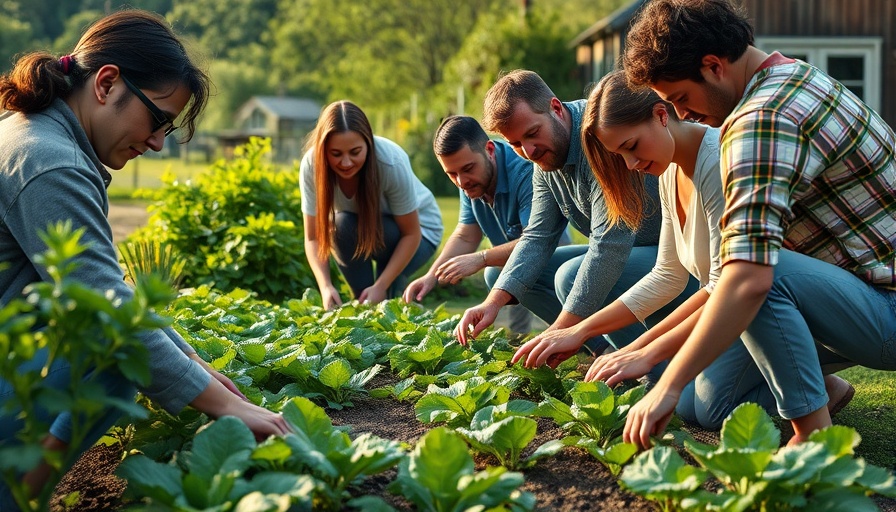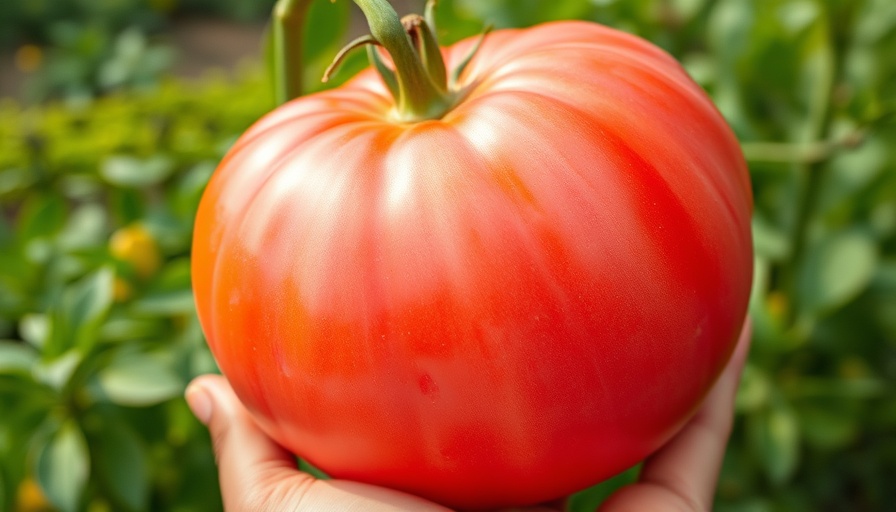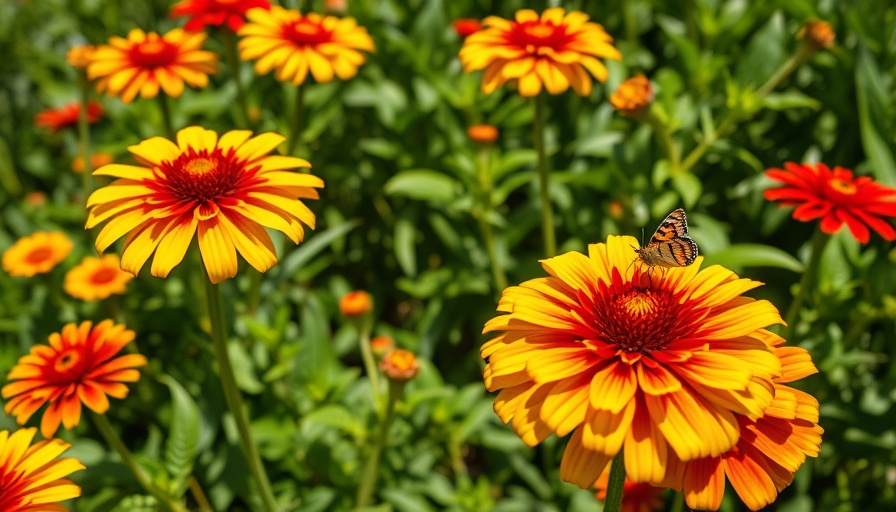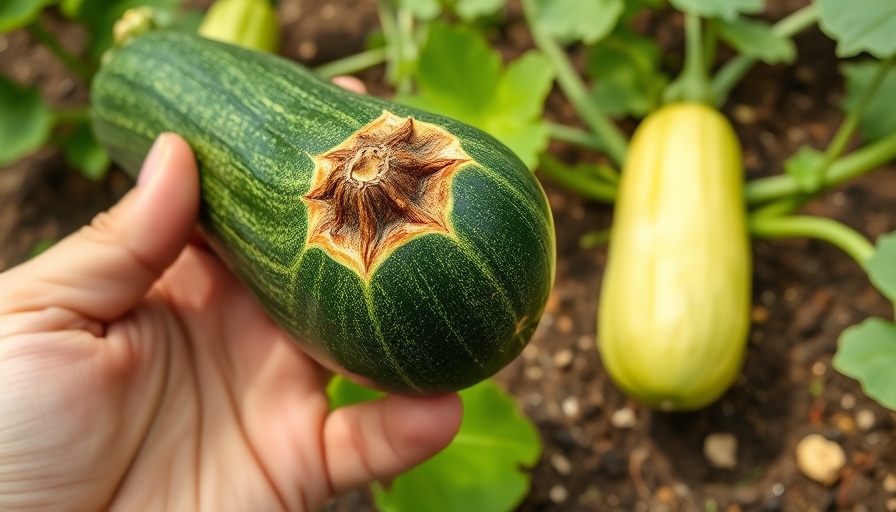
Understanding Regenerative Gardening: A Fresh Approach to Home Gardening
Regenerative gardening is not merely a trend; it is a holistic approach to nurturing plants that reflects the natural ecosystems found in forests. This method emphasizes the importance of a healthy ecosystem, where each living element—be it trees, shrubs, soil, or tiny organisms—contributes to the vitality of the whole. For those interested in diving into regenerative practices, you don’t need to be a seasoned farmer; even home gardeners can greatly benefit from these principles. Here are some actionable insights that you can start implementing in your backyard.
Begin Your Journey by Composting
One of the most significant steps you can take towards regenerative gardening is composting. Not only does it recycle organic matter, but it also enriches soil quality. Think of compost as the forest's layer of fallen leaves—decomposed material that nourishes the ground below. For effective composting, balance is key. Mix nitrogen-rich “greens” (like kitchen scraps) with carbon-rich “browns” (like dried leaves). A ratio of about 30:1 of carbon to nitrogen will yield rich humus, ready to boost your garden.
Build Elevated Planter Boxes for Improved Growth
Constructing elevated planter boxes can enhance your gardening experience immensely. These structures not only save your back from the strains of bending but also create a micro-ecosystem for plants to thrive. Consider adding a composting barrel nearby to easily source nutrients for these boxes. Using elevated planters can help with drainage as well, especially essential in areas prone to waterlogged soil.
Engaging with Pollinators and Beneficial Insects
Healthy gardening practices include attracting pollinators and beneficial insects to your garden. Consider planting flower mixes designed specifically to draw in these important creatures. The presence of diverse plantings can lead to increased crop yields and a healthier garden overall, thanks to the natural pollination processes they facilitate. You can even take this a step further by educating your neighbors about the importance of using native plants to support local ecosystems.
Maximizing Water Efficiency with Homemade Devices
Watering techniques also play a substantial role in regenerative gardening. Whether it’s slow-drip devices or other creative methods, knowing how to conserve water can lead to more sustainable gardening practices. Invest time in understanding automated watering hacks that can adjust based on weather changes, allowing you to maintain plant health without excessive water usage.
Additional Projects for DIY Enthusiasts
An exciting dimension of regenerative gardening is that DIY enthusiasts can find numerous projects to integrate into their gardening practices. From building a rustic gate to creating a vine climbing grid, the possibilities are endless. These projects not only improve the aesthetics of your garden but also promote better functionality and plant health.
Creating an Ecosystem that Works for You
The ultimate objective of regenerative gardening is creating a self-sustaining ecosystem where plants, insects, and soil work harmoniously. Utilize every inch of your yard by designing planting rows that maximize sun exposure and consider building shade covers where necessary. The plants will grow healthier, and you will be rewarded with bountiful crops.
For homeowners in Muskegon exploring these regenerative methods, now is the perfect time to start. As you dive deeper into these practices, consider consulting with local landscaping professionals. They can provide tailored advice on sustainable techniques specific to the Muskegon area. After all, while gardening is an individual journey, sometimes, a bit of community support goes a long way.
Call to Action
If you're looking for professional help with your gardens or landscaping, reach out to Everett Lucas from Norther-LawnCare.com at 231-450-3414. Their five-star-rated services can ensure your home garden flourishes this season!
 Add Row
Add Row 
 Add
Add 


Write A Comment